SEED SOWING

Seed Sowing
Seed sowing for many people can be very daunting, especially if you’ve never done it before. But, let me tell you, it can be very rewarding watching mother nature develop into something of beauty and possibly something that you can eat. But lets go back to our old days when we were at school, doing our biology as seeds need to have the following requirements: sunshine, water, oxygen and carbon dioxide to aid the process of Photosynthesis, which aids the germination of seed.
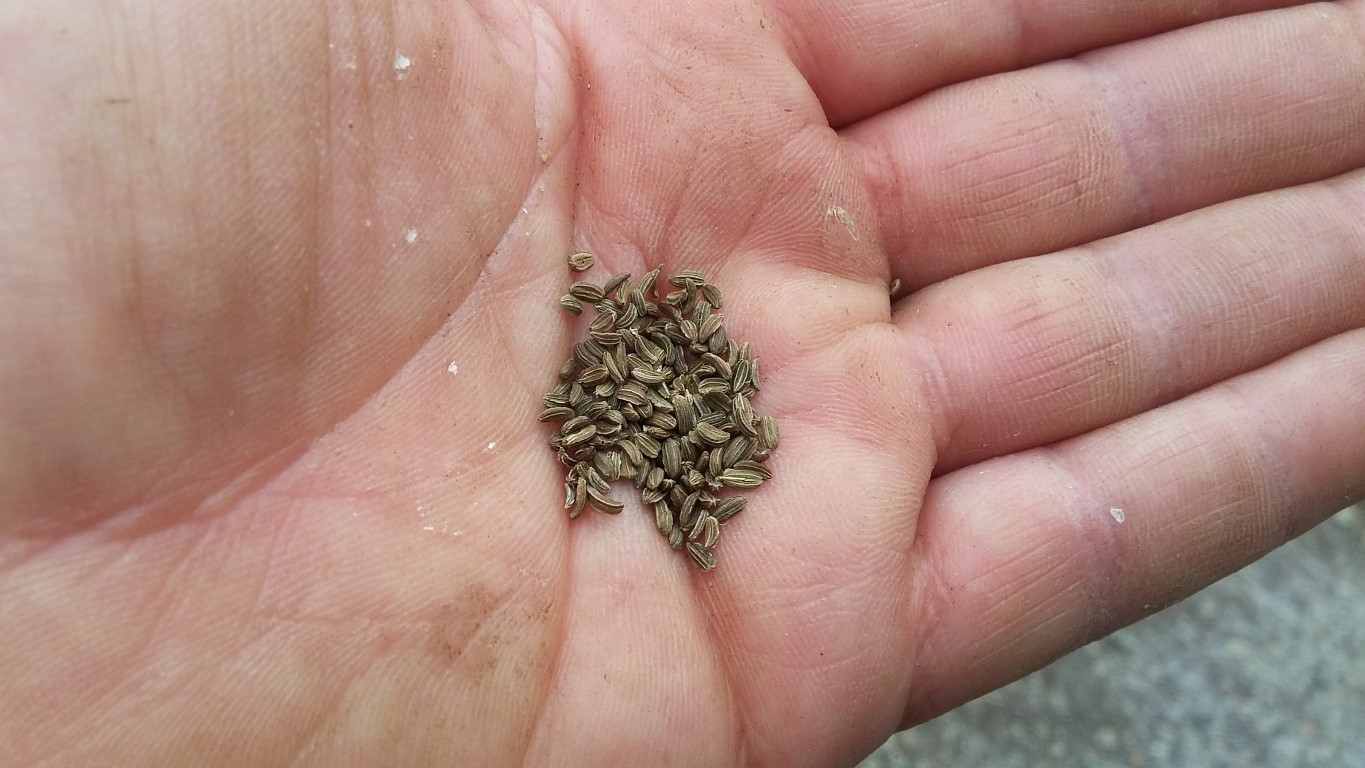
I have always enjoyed growing from seed as I enjoy the reward of growing it myself, as I have done for many years. My memories of sowing seeds are with my father growing runner beans. The reason why I like to grow from seed is knowing where my plants have come from and are of good quality, free from pest and disease.
There are many good reasons for growing your own. It can be very cost effective because you only grow what you need. Also, you can grow more varieties that you would not be able to purchase from a garden centre as they only have enough room for common, everyday varieties and they only grow what sells the most.
The next question would be where are we going to grow them? Whether to start them indoors on a windowsill or in a glasshouse or even a heated propagator to promote quicker germination (the temperature to aid germination in a propagator should be approximately no more than 18 Celsius).
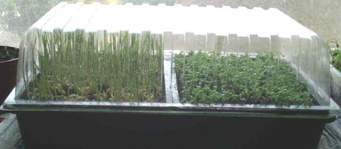
There are certain steps you need to be aware of.
Prepare containers/seed trays: you should make sure that all trays are clean by washing them thoroughly in hot water with a little bit of washing up liquid and rinse well and leave to dry.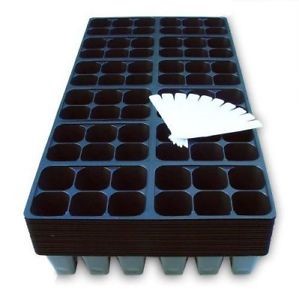
Once the containers are dry comes the fun bit! You can now fill up your containers with compost – make sure it is seed compost. The reason why we use seed compost is that seeds do not need a rich compost to be able to germinate as they have got their own little storage of energy to get them going to be able to germinate. If you were to use ordinary compost they will become very leggy and not very strong at all.
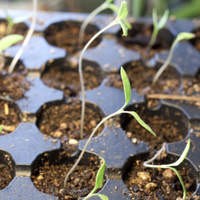
The best advice I can give you when you start to sow your seeds is only concentrate on one packet at a time for each seed container. Otherwise, it becomes confusing and overwhelming as you will lose track of what you have sown. To sow seeds you should cover with seed compost up to three times their diameter, depending on the packet’s specific planting instructions (it is always important to read the blurb at the back of a seeds packet as many seeds have different requirements which we will discuss later in a further blog).
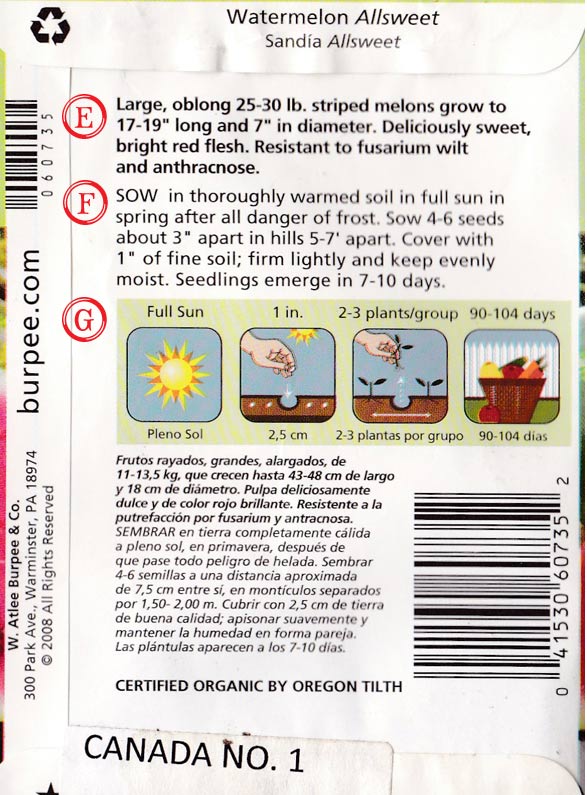
It is important to label and date each seed tray container. The date will help to give an expected date of germination and I always recommend putting in your diary when the seed was sown, keeping a record will help with planning your production of seed sowing and timings for future reference, i.e. weather/temperature/time of year sown, plus what has germinated well.
Watering is the next step: never water from above as this will disturb the seed that you have sown. Always prepare a shallow tray (no holes in tray) that you can pour water into, then by placing the trays into the water to percolate the water through the holes in the seed trays. Leave for about 10 minutes. You will know when the seed trays with compost have absorbed the water in the tray as they will feel a lot heavier as they have taken sufficient moisture to aid germination.
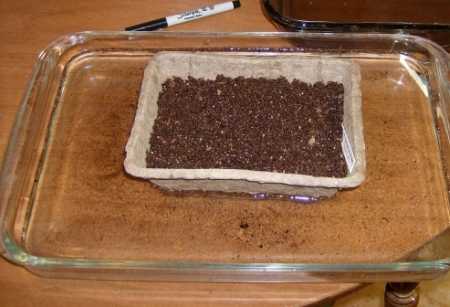
Place in a well-ventilated area which is protected and not directly in full sunlight (as this would lead to plants germinating too quickly and becoming leggy), i.e. grow on a windowsill, a glasshouse or heated propagator. Whatever space you have available to you. Some seeds also may need you to cover them with a clear polythene bag. This will also aid to maintain moisture levels, but needs to be removed and turned inside out every day due to the condensation as seeds are very sensitive to too much moisture and carbon dioxide builds up and will cause a disease known as damp off.
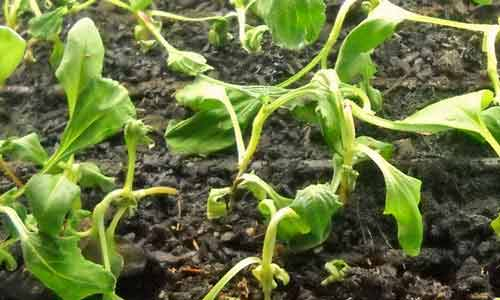
Some seeds take around seven to ten days to germinate. Leave them until you can see two true leaves that you are able to transplant. I will show you in a further blog how to do this successfully.
This is what you can achieve growing your own vegetables for Sunday Lunch
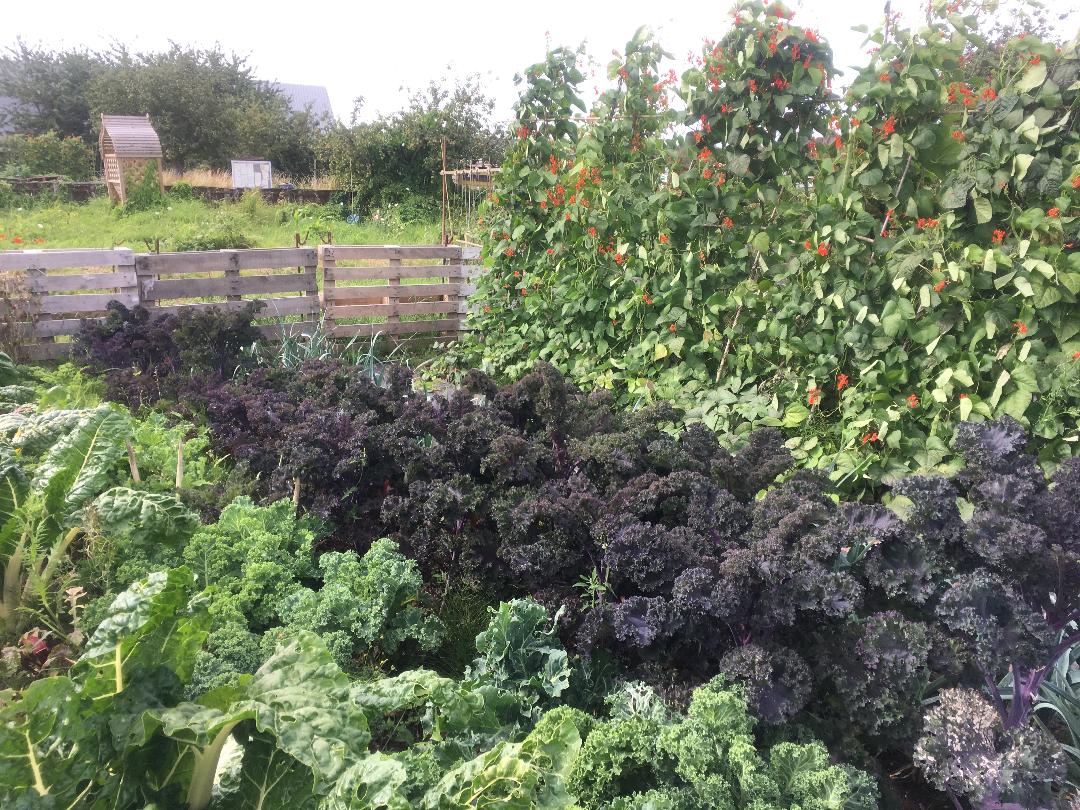

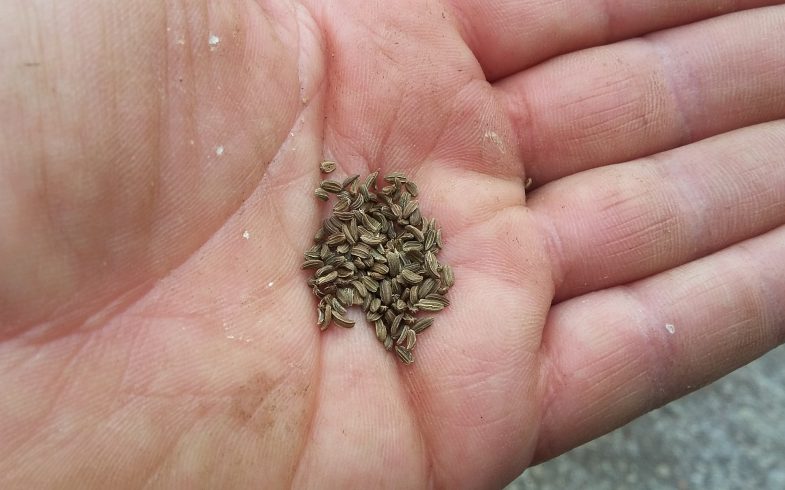
Response to "SEED SOWING"
That was a great article. It fully covered all the steps needed to successfully germinate your own seeds.